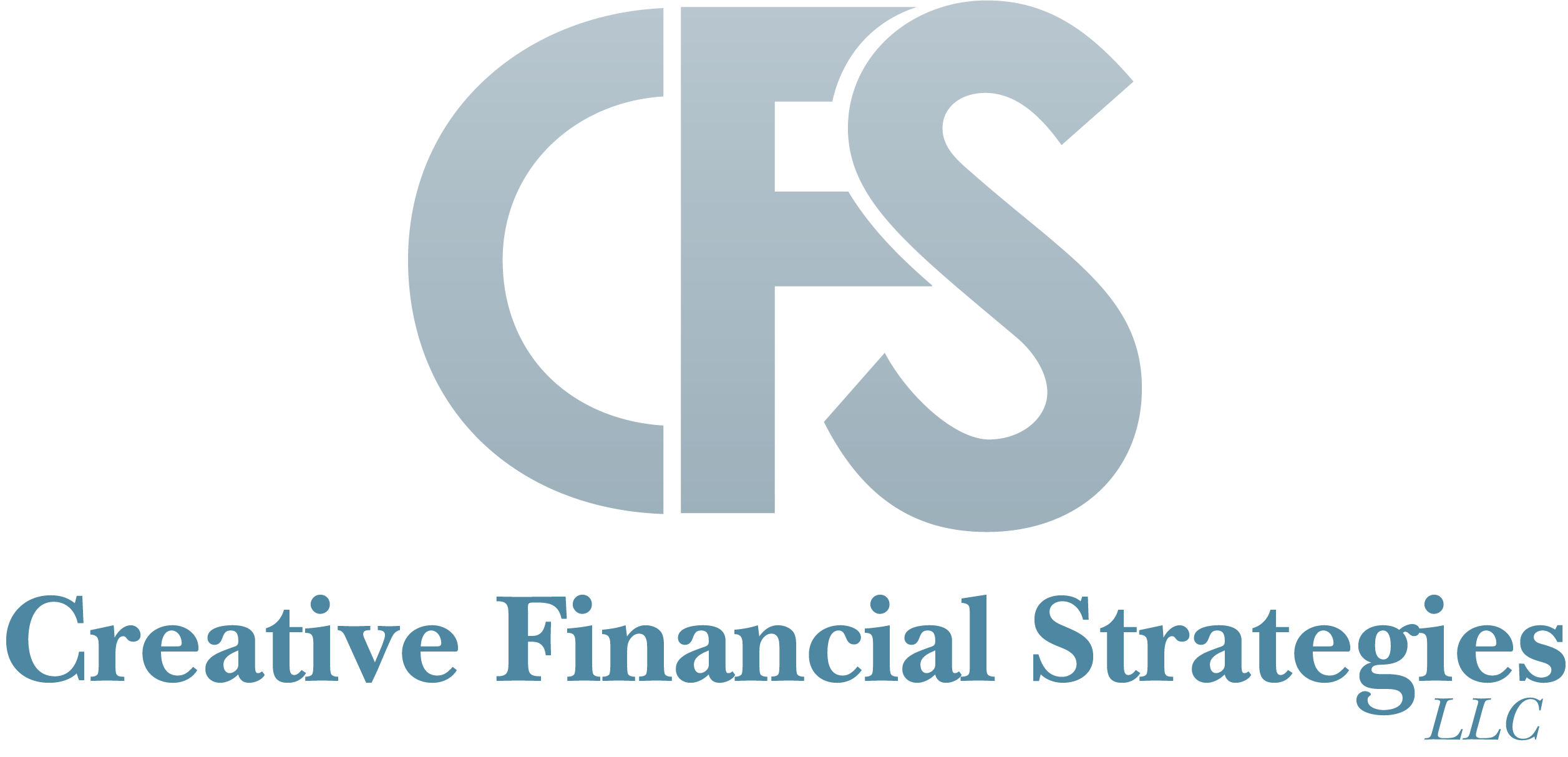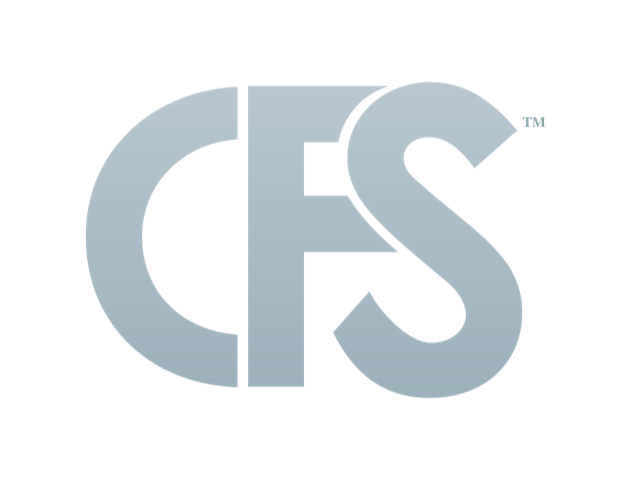Managing Debt Before Retirement
Carrying consumer debt into retirement can quickly reduce the monthly cash flow available to spend on healthcare, travel, and leisure activities or could necessitate drawing down retirement accounts faster than planned. Either situation puts you at risk for running out of money or facing significant lifestyle changes to make ends meet.
Financial strain is a reality for many nearing the retirement phase.
- Baby boomers carry an average credit card balance of $6,747 and $25,812 in total nonmortgage debt.
- Generation Xers carry an average credit card debt of $7,718 and $32,878 in nonmortgage debt.
No matter if you’re the last of the Gen Xers at age 41 or the first of the Boomers at 74 – debt is a reality, and you need to manage it if you want to see your retirement plan come to light. The closer to retirement, the more accurately you need to calibrate the numbers between paying off debt and saving for retirement.
First, pay down high-interest-rate debt (such as student loans, credit cards, auto, and home), and then move to a mix of debt repayment and investing when your debt interest rates are less than potential stock market returns.
Credit Card Debt = Pay first! Consider that if your interest rate on a credit card is hovering at 20%, then you’re paying one dollar for every five borrowed.
Mortgage Loan vs. Savings = Save first! If you’re choosing between paying down a mortgage faster or contributing money to an IRA — or leaving money in an IRA rather than withdrawing it to pay for your home — you’ll often end up ahead by prioritizing retirement savings. If your IRA grows 6% that year and your mortgage interest rate is 3%, for every dollar you put into savings instead of paying down debt, you’ll end up with more money as a result
Deb During Retirement = Pay with Caution! One way to pay debts off is to use proceeds from retirement plan distributions, Social Security income, or pension income. Tapping extra retirement funds can also be a solution. Use caution with this approach, as taking a large retirement account distribution to repay your debt will mean having to declare higher income that year and pay more taxes.
Unfortunately, some of us head into retirement with debt, and it’s worth trying to get rid of as much as possible as early as possible. If you’d like to review your financials and work out a plan for retiring debt-free or close to, contact us today.


